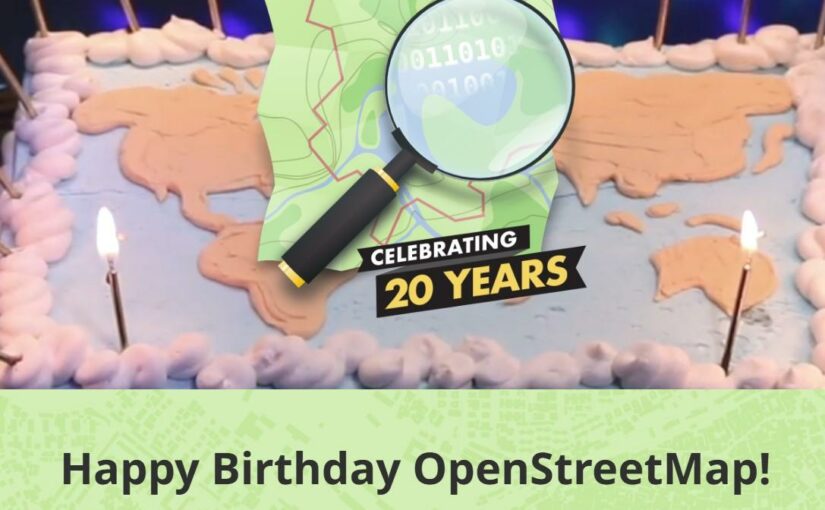“Feedback is important!” – We’ve all heard this before. It’s an old adage.
I guess we also agree that feedback without any following actions is not only useless but demotivating. People will learn very quickly that “giving Feedback” is obviously useless and thus will not give feedback anymore. – End of Feedback culture.
(more…)